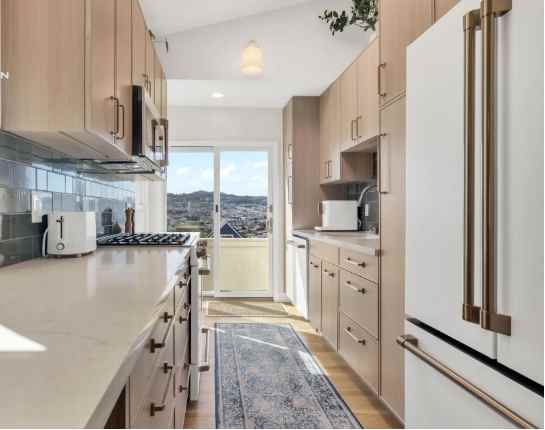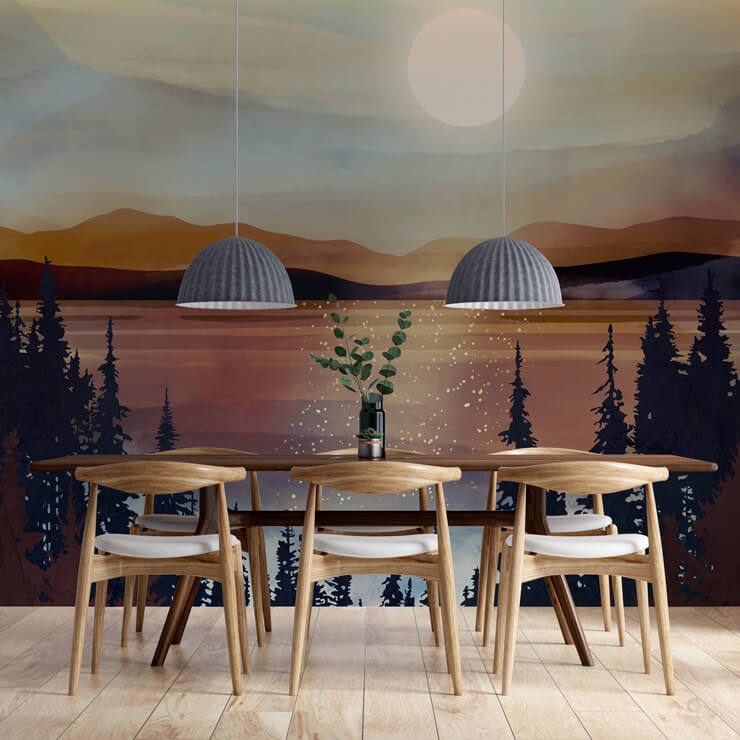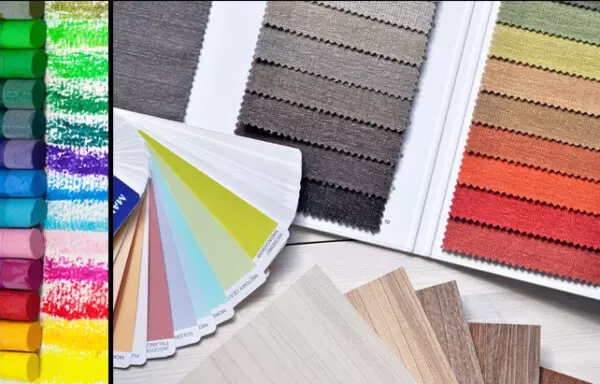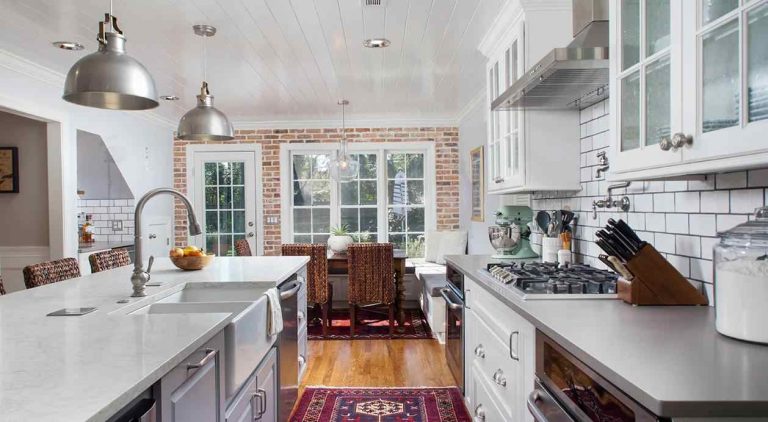What sits above your kitchen countertop, works hard every day, and is a style focal point in a kitchen design? No, we don’t mean your beautiful beetroot colored Kitchenaid mixer or your Nespresso machine, though I’m sure they look great on your countertop! We are talking about the backsplash – this underappreciated, but essential, part of any kitchen design.

Why is a backsplash important?
Every kitchen must have a backsplash, as it serves an essential functional role. Kitchens are busy rooms where weekday dinners and holiday meals are prepared, snacks are whipped up after school and special treats are baked for birthdays. These activities bring mess, in particular steam, grease, food splatters, and moisture. The wall behind your stovetop and sink are particularly prone to the side effects of kitchen activities from food prep to clean up.

This is where your backsplash steps in to save the day! This space covers about 18 inches of wall space, but often extends further and sometimes even up to the ceiling. The material you select for your backsplash serves the essential function of protecting your walls where it needs it most. It also makes life much easier when it comes to clean up, allowing you to easily wipe up the mess that results from kitchen life. Any backsplash material should be durable and washable, but the ease of clean up and maintenance can vary depending on the material you select. Consider how you use your kitchen and how much time you are willing to commit to clean up when selecting your backsplash material.
How does your backsplash affect your kitchen style?
What do you notice first when you walk into a kitchen? Cabinetry and countertops are of course key features in any kitchen design. What about the backsplash? Your backsplash sits right at eye level, covers prominent parts of your kitchen wall, and is key to connecting your cabinetry and countertop styles together. This is even more important if you have a section of backsplash that extends to the ceiling, particularly where you have chosen to replace upper cabinets with open storage.

When it comes to design, backsplashes are a triple threat: they can bring color, texture, and pattern to your kitchen design. The backsplash is an ideal place to balance dark design elements with a crisp white subway tile, or to add a splash of color to an otherwise neutral kitchen color palette. Backsplashes also let you introduce texture to your kitchen design style, with natural stone or textured glazed tiles. You can also create a pattern with tiles to establish an eye-catching focal point over your cooking area.
Make sure you consider your backsplash choice as a component of your whole kitchen design. If you are committed to a bold patterned floor tile, for example, you may want to stick to a neutral backsplash tile, so the two surfaces do not clash. Your chosen material can also help to make a small kitchen design look larger with a bright, reflective tile, a glass backsplash, or even a mirrored surface.




